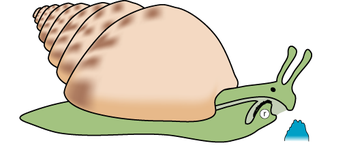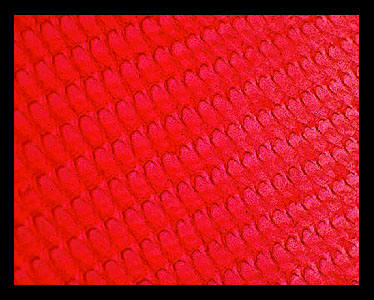Nutrition
Snails do not have jaws to chew their food. Instead they have something called a radula. A radula is somewhat like a tongue, but the radula is covered with thousands of chitonous teeth. The radula is kept inside the mouth and can be exposed to scrape tiny particles from the surface of their meal .



Terrestrial snails are predominantly herbivores. They feed on many different leaves, small plants, fruits, vegetables, and even some moss growing on rocks. Their love for fruits and vegetables, with lettuce being a preferred food (Bird and Garvon, 2005), has frustrated many gardeners and farmers. They scrape away until large holes are scarred into the leaf which can cause the plants to die. Gastropods have an open digestive system. After the food enter through the mouth, it travels through the gut where digestive enzymes work to break down the food. Once all the nutrients are absorbed, waste products are expelled through the anus which is usually located on the side of the body in terrestrial snails.
James W. Atkinson (2003) of Michigan State University experimented with Anguispira alternata to see if this snail could reach a food source when a barrier is placed between them. In his experiment, Atkinson placed the open end of a large V-shaped barrier facing the snail and some food at the tip on the other side of the barrier. His experiment was to see if the snail could solve the problem of going around a barrier to get food even though they were closest to the food when they hit the closed angle of the V-shaped barrier. The experiment was a success and showed that they can solve problems and travel farther away from smell in order to obtain the food. Some snails did not even have to experience the barrier but instead went around it right away. This behavior showed that they might have judged their path in front of them before moving to the food (Atkinson, 2003), which means those little slimy snails are pretty smart.
Reproduction is next!